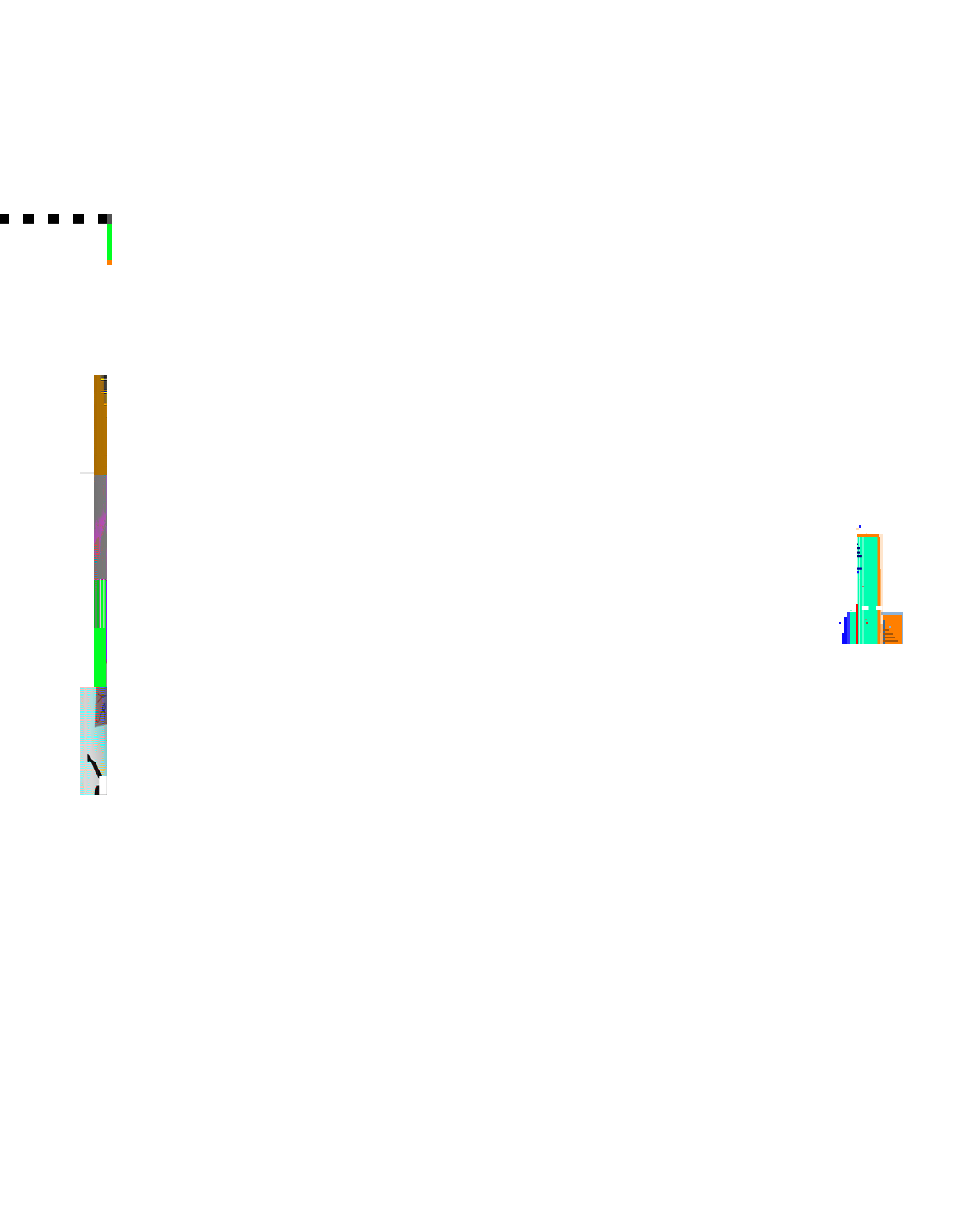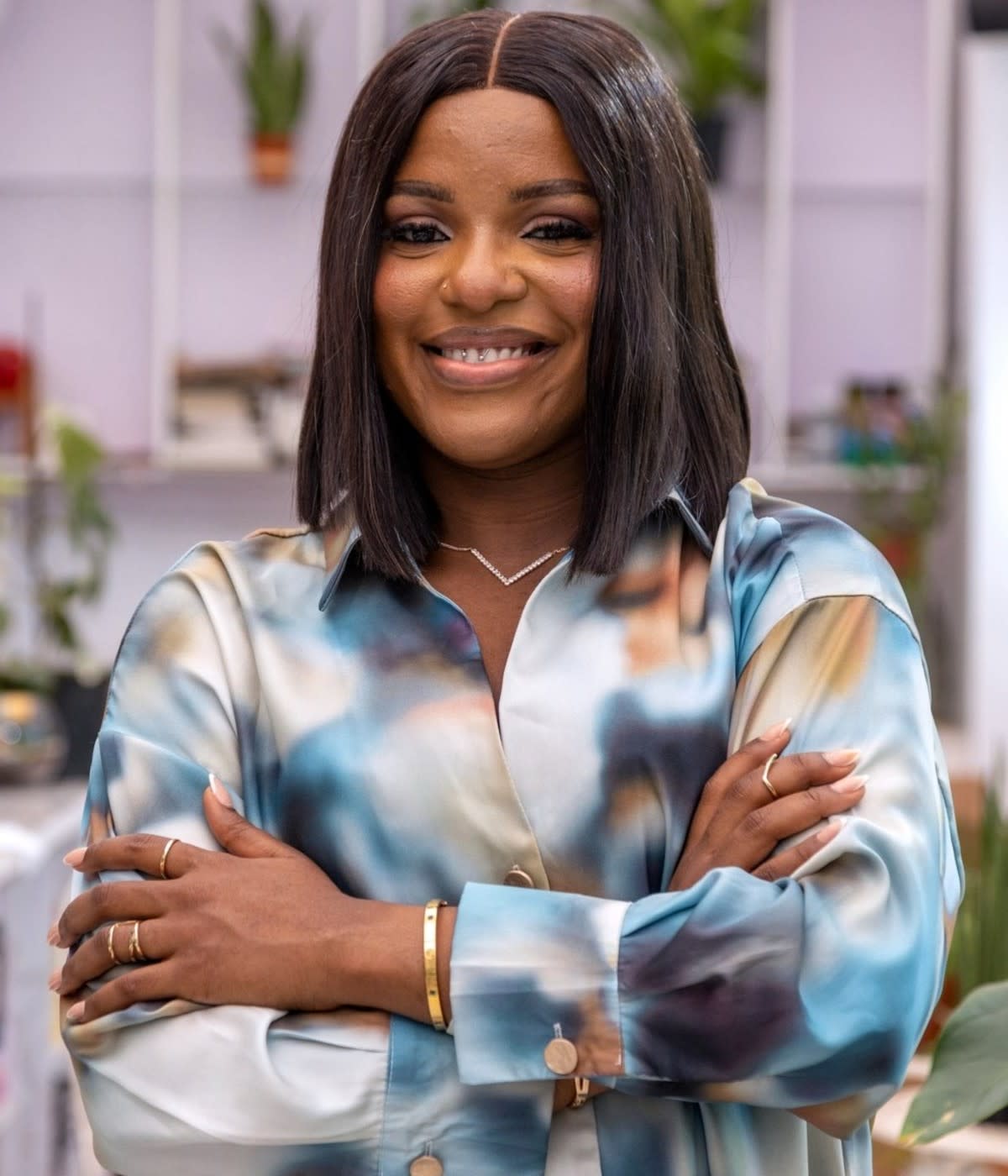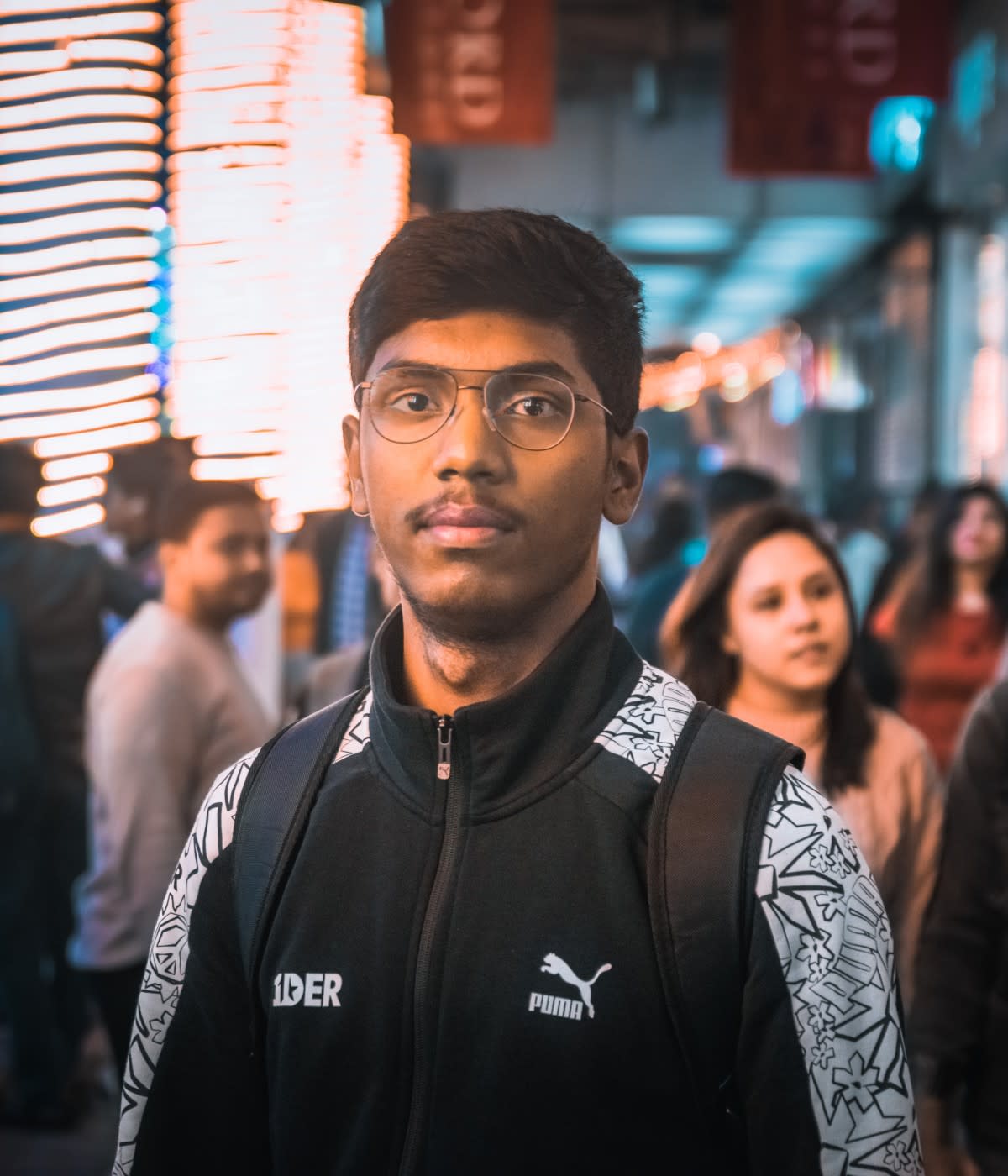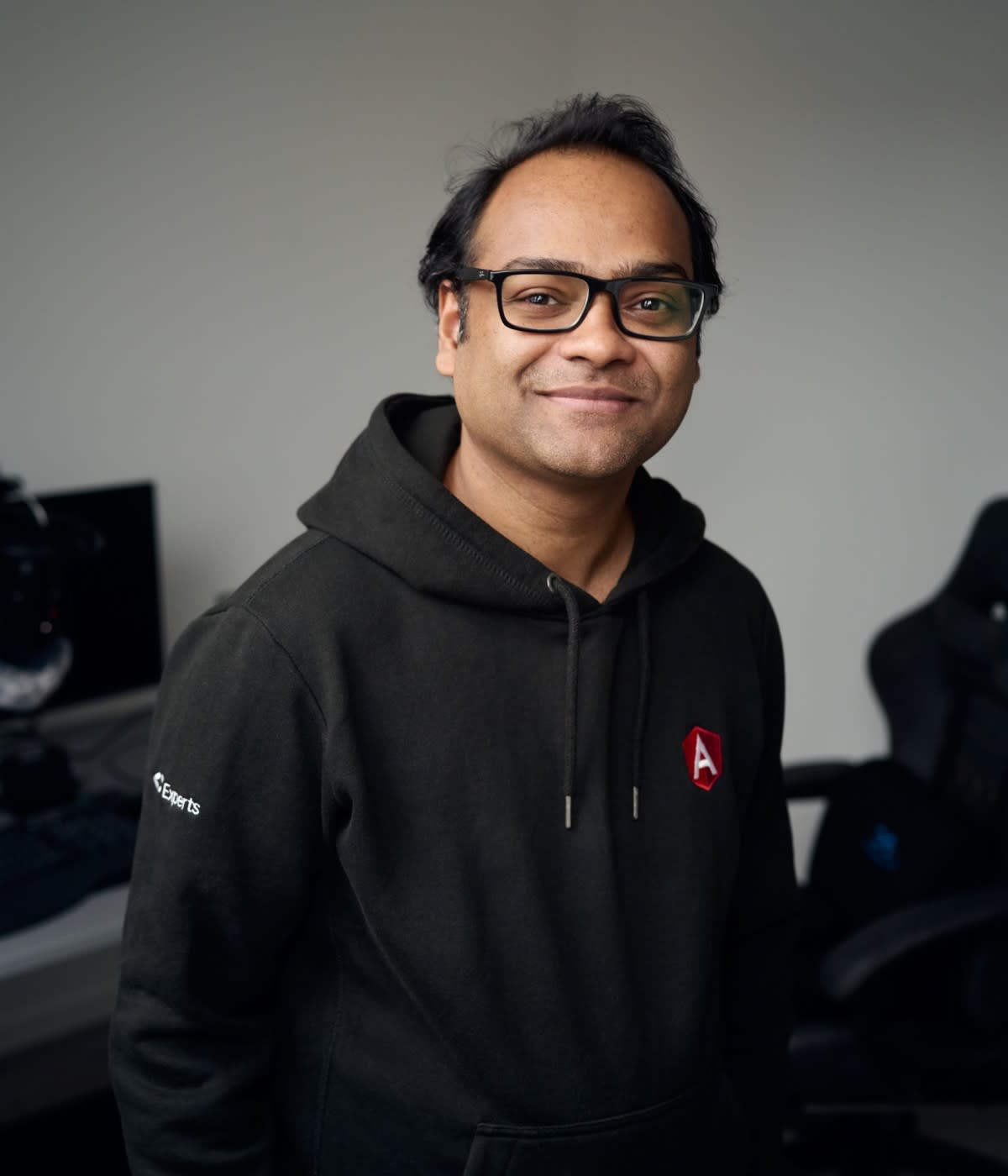When I first learned about accessibility in 2010, I recognized it as a design and technical challenge rooted in the civil rights of people with disabilities. It’s personal. We rarely realize the impact of something until it happens to us, but accessibility is a critical, daily need for many disabled people. Someone could also be one bike crash away. And yet, accessibility in tech is an uphill battle. But I recognized I was in a position to do something about it, and get other people to do something about it, too. I wanted to get the word out and beat that drum.
I’ve seen accessibility online go from niche to mainstream over the years. Now, often when I see a new open source project, I’ll reach out and say something like, “Hey, cool project. Are you adding captions to ensure the API supports people who can't hear or English isn't their first language?” I've found it's most effective to persuade with an encouraging tone and phrase it as a warm reminder without cutting anyone down.
In my world, every GitHub issue comment or conference talk or Twitter exchange could inspire another accessibility champion. I've seen lightbulbs go on for people through the years, and it's been a privilege to see accessibility awareness grow in the community. We always need more voices, and we always need more materials for people to learn from. Not everyone is going to be persuaded. But I’ve found that providing education, being friendly and explaining that “all the cool kids are doing it” increases the chances that people will care. The goal is to get everyone doing it from the start. If not, catching it right when a project gets released is better than not saying anything at all. We want to inspire folks to pay it forward and do the right thing.
At the intersection of design, development and accessibility

There are so many different areas of accessibility that we consider basics, even though many aren’t quite as mainstream as they should be yet. Keyboard accessibility is a big one, for example. I think people who rely on a mouse or trackpad don’t consider those who can’t use them. Mostly as a joke, I created an NPM package called No Mouse Days that can run one day a week and turn off the mouse cursor with CSS so you’re forced to consider it. The thing is, people actually use it, and are inspired to do more to integrate accessibility into their projects.
On the technical side, there are many development techniques and concepts that need to be discussed and learned and practiced. And then there’s design. A lot of my work is at the intersection of design, development, accessibility, and culture. If you’re a developer, how do you convince your design team to incorporate accessibility into their work for a more inclusive experience? Sometimes it involves managing up and leveraging people skills, not just "hardcore development."
Right now, I’m working on a big project called Testing Accessibility. The aim is to provide a wealth of content and resources and learning opportunities for people to really get in the weeds with accessible web development, testing, and building a career. I'm balancing it with billable work and a sustainable life that incorporates the technical tasks I enjoy while improving the state of the web.
With regards to accessibility testing, I don’t think it’s realistic to expect that everything can be automated. You can’t guarantee a human would enjoy the experience of something that’s only been tested and aided by computers. So we always need that human connection and compassion. I do find that automation is a great hook for some of the more technically-focused developers. I try to find something that’s relevant to convince people at the start. If you help them find a win, and then keep the ball rolling, you can get more people engaged and excited.
Establishing boundaries to avoid burnout

Burnout has plagued me for a long time, and I can trace it back partially to a toxic work environment in my previous full-time career. I wish I’d been better at establishing boundaries when things were not okay. I tend to just bottle it up and soldier on, but there’s a cost there, too. There’s always this delicate balance of trying to decide if something’s detrimental to your career versus standing up for yourself.
The long-term effects of a toxic work environment on emotional well-being and self-esteem can be very bad, particularly for marginalized people. I’ve had some pretty terrible work experiences, and at the same time I try to pay it forward from the privilege that has benefited my career. I’m grateful to have had a positive impact on web accessibility in spite of the work-related burnout I experienced. Support from the community has often kept me going.
I’ve since taken steps to really protect my mental and physical health because there’s a huge cost to ignoring burnout. As an independent, I pay extra close attention to that and build a healthy work environment for myself. It’s just me, which is isolating during a pandemic, which I didn’t really see coming. Looking back at my North Star from years past, it included more agency in my work as well as less toxic and high-stress work environments. So I take shorter-term projects aligned with my goals to stay in the driver’s seat of my career while prioritizing my health and happiness. Independent business is not free from stress. But it's exactly what I need in my life right now.
If you’re taking a full-time role, my advice would be to evaluate what you really want to do. Don’t put HTML email on your resume if you don’t want to build HTML email. Don't get pushed into management unless that's aligned with your North Star. Most people are going to perform better at something they enjoy, at least somewhat. Investigate management challenges, friction, and successes that people have had at companies you're considering. Find ways to establish healthy boundaries and stand up for yourself. Keep data on work that you’ve contributed to so that when the time comes, you’re prepared to advocate for yourself as you grow into more senior and lead roles.
Being kind to others and watching the lights go on

Right now, the whole world is online trying to do everything from banking to buying groceries—anything to limit our contact in the physical-built environment. The stakes for accessibility are so high for people with disabilities, which is a big motivator. At the same time... it’s kind of insulting. People have been requesting accommodations for online learning and work for years, and now it’s necessary, expected and accepted by the mainstream.
Digital tooling has gotten better and it’s easier to develop for accessibility compared to before. I see it mentioned in more mainstream places and there are global legal ramifications that can apply pressure in the market. When technology is so central to our economy and way of life, it underscores the importance of digital accessibility and civil rights. But at large, we still have a lot of work to do.
What keeps me going is really focusing on the things that matter. I'm also practicing mindfulness: it’s part of my strategy for burnout, too. I try to focus on the things that I absolutely need to do so I don’t feel perpetually overwhelmed, especially during the pandemic. We’re all figuring it out. Some people are thriving. Some are not. I am finding fulfillment with independent accessibility work but also struggling with the isolation and general fatigue of not having social interactions.
So I stay focused on rays of hope and justice. As an advocate and evangelist, it’s so powerful to watch accessibility catch on and meet people who can trace their first knowledge of it back to something I did. Then I get to see them go on to be accessibility champions and grow their impact toward a more accessible world. That really shows me the power of advocacy and encouraging people. The power to influence a new—and hopefully sustainable—surge in accessibility.




